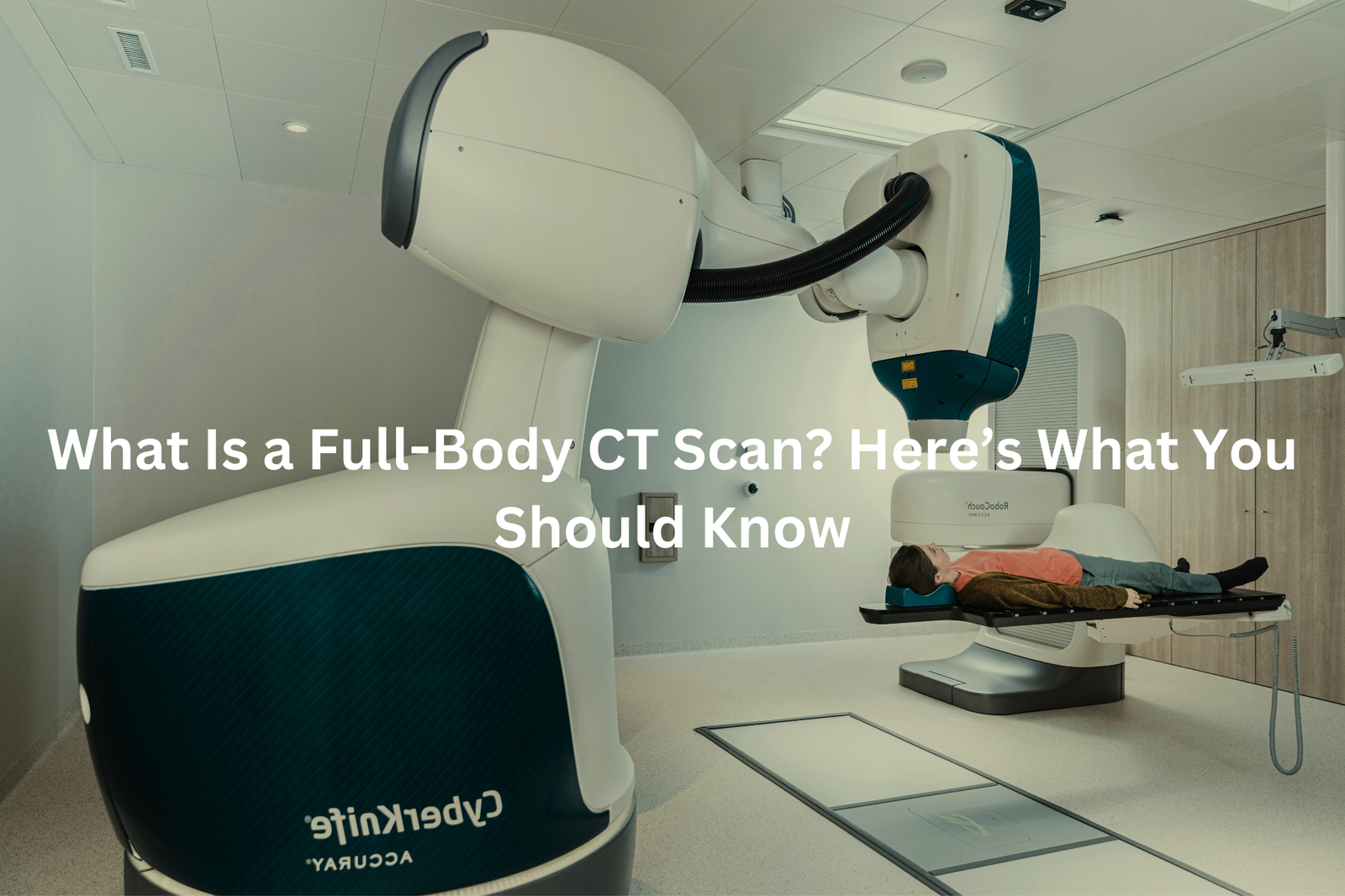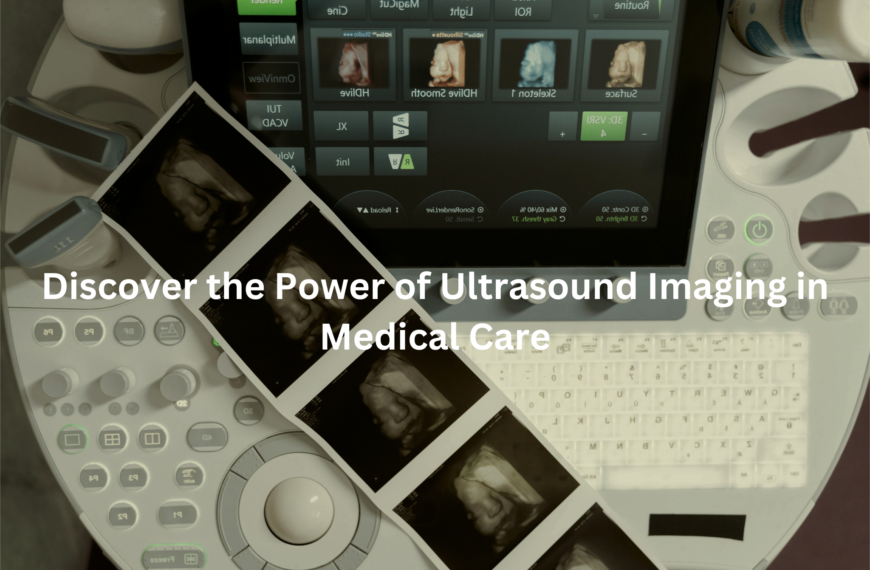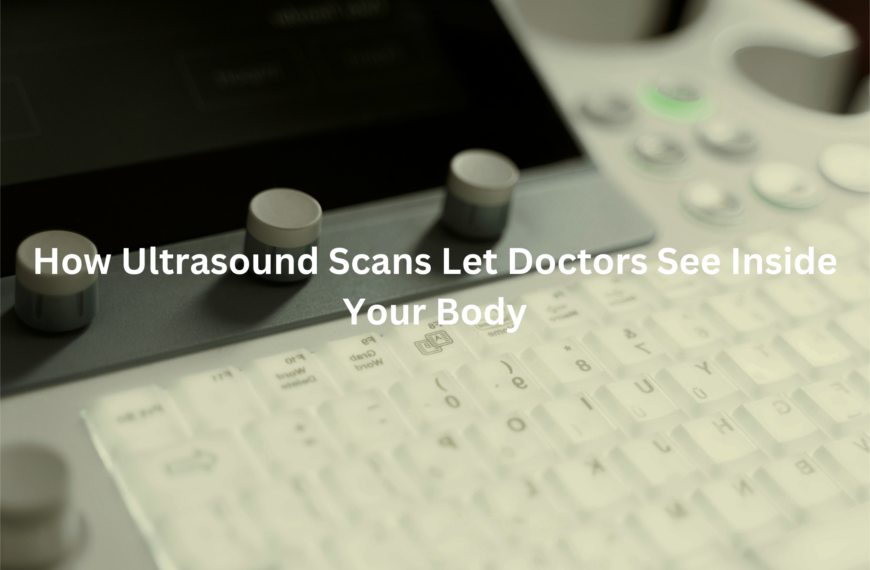Curious about full-body CT scans? Discover how they work, what they reveal, and why you should weigh the risks before deciding.
When I first learnt about full-body CT scans, excitement filled me. It’s amazing how a machine captures images of our insides! A full-body CT scan is a medical tool that helps doctors see our organs and check for issues. It’s helpful for spotting problems like cancers or internal injuries.
But there’s a catch—too many scans can mean too much radiation, which isn’t safe. So, it’s key to use them wisely. If you want to discover more about how full-body CT scans work and what they can find, keep reading! You might be surprised by what you learn.
Key Takeaways
- A full-body CT scan uses X-rays to create detailed pictures of your body.
- It can help find tumours, injuries, and check how organs are working.
- There are risks, like exposure to radiation, so it’s not for everyone.
What is a Full-Body CT Scan?
A full-body CT scan is a fascinating medical tool(1). It’s like a super-detailed X-ray that takes many pictures of your body from different angles. These images are combined by a computer to create cross-sectional views, kind of like slicing a loaf of bread to see each layer. Except here, it’s your body – bones, organs, muscles, and tissues all in one go.
Doctors use CT scans to check for things like tumours, injuries, or infections. For example, after a car accident, a CT scan can quickly show if there’s internal bleeding or broken bones. It’s also helpful for spotting problems early, which can make a big difference in treatment.
The scan itself is quick and painless. You lie still on a table while the machine moves around you. Staying still is key because even small movements can blur the images. It’s a clever way to see what’s happening inside without surgery.
Common Uses of Full-Body CT Scans
A full-body CT scan is a bit like a detailed guide that helps doctors see what’s happening inside your body. It’s quick and gives a lot of important information. These scans can spot problems that might otherwise be missed.
Here’s what they’re often used for:
- Finding tumours: CT scans can detect cancers in places like the lungs, liver, or other organs. They show what doctors can’t see with just their eyes.
- Checking injuries: After accidents, they help find internal damage, like bleeding or broken bones.
- Spotting inflammation: If there’s an infection, the scan shows where it is, helping doctors treat it better.
- Tracking diseases: For ongoing conditions, scans show if things are improving or worsening.
While you wouldn’t get one every day, when needed, it’s a powerful tool to help doctors find answers fast. It’s reassuring knowing they’ve got this tech to help figure things out.
Procedure Overview
Sources: GE Healthcare.
Getting a full-body CT scan isn’t as scary as it sounds, but there are a few things to know. It’s a simple process, even if it feels a bit odd at first.
Before the scan, you might need to avoid food or drinks for a few hours. Sometimes, you’ll drink a special liquid (called a contrast solution) or have a dye injected through an IV. This helps make the images clearer. It doesn’t hurt, though it might feel a little cool going in.
During the scan, you’ll lie on a table that slides into a big, round machine(2). It makes some whirring and clicking noises, but it’s not loud. The scan itself only takes about 10–30 minutes. You just need to stay still.
Think of it like a high-tech camera that takes pictures inside your body. It’s safe, quick, and helps doctors figure out what’s going on. Just relax—you’ve got this.
Safety Considerations
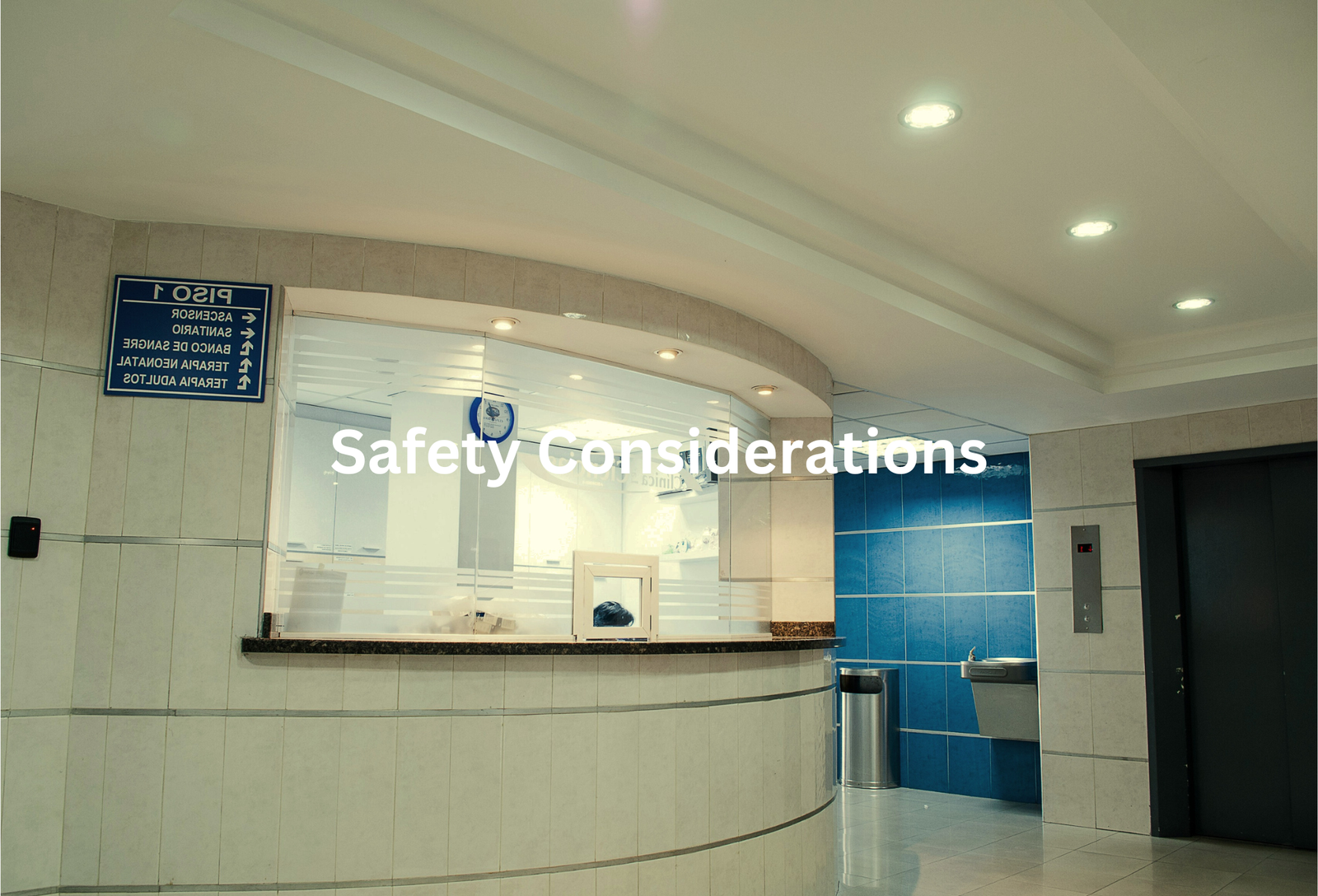
Getting a full-body CT scan might seem like a smart way to check your health, but there’s a small risk from the radiation it uses. This radiation, called ionising radiation, helps create clear images of your body, yet too much of it can be harmful.
To compare, a chest X-ray gives about 0.1 millisieverts (mSv) of radiation. A full-body CT scan? That’s between 4 and 24 mSv. It’s a big difference.
Doctors follow something called the ALARA principle—keeping radiation “As Low As Reasonably Achievable.” It’s like wearing a hat and sunscreen to avoid too much sun. It’s about being careful but not overdoing it.
The upside? CT scans can catch serious problems early, like cancer or injuries. If your doctor suggests one, it’s because they think the benefits outweigh the risks. Ask questions, understand the process, and trust their advice. It’s about staying safe and informed.
Risks and Limitations
Not everyone should have a full-body CT scan. There are risks you need to think about first(3).
One big concern is cancer risk. For younger people, especially under 50, the radiation from a CT scan could raise the chance of cancer later. A full-body CT scan uses a lot more radiation (about 4–24 mSv) compared to a chest X-ray (around 0.1 mSv). That’s a huge jump.
Another issue is false positives. The scan might show something that looks like a problem but isn’t. For example, a harmless shadow could lead to extra tests, worry, and even unnecessary treatments.
Experts, like the Royal Australian and New Zealand College of Radiologists, recommend against these scans for healthy people. The risks often outweigh any benefits.
If you’re thinking about it, talk to your doctor. Ask if it’s truly necessary. Sometimes, it’s better to leave things be if they’re not causing harm.
Interpreting Results
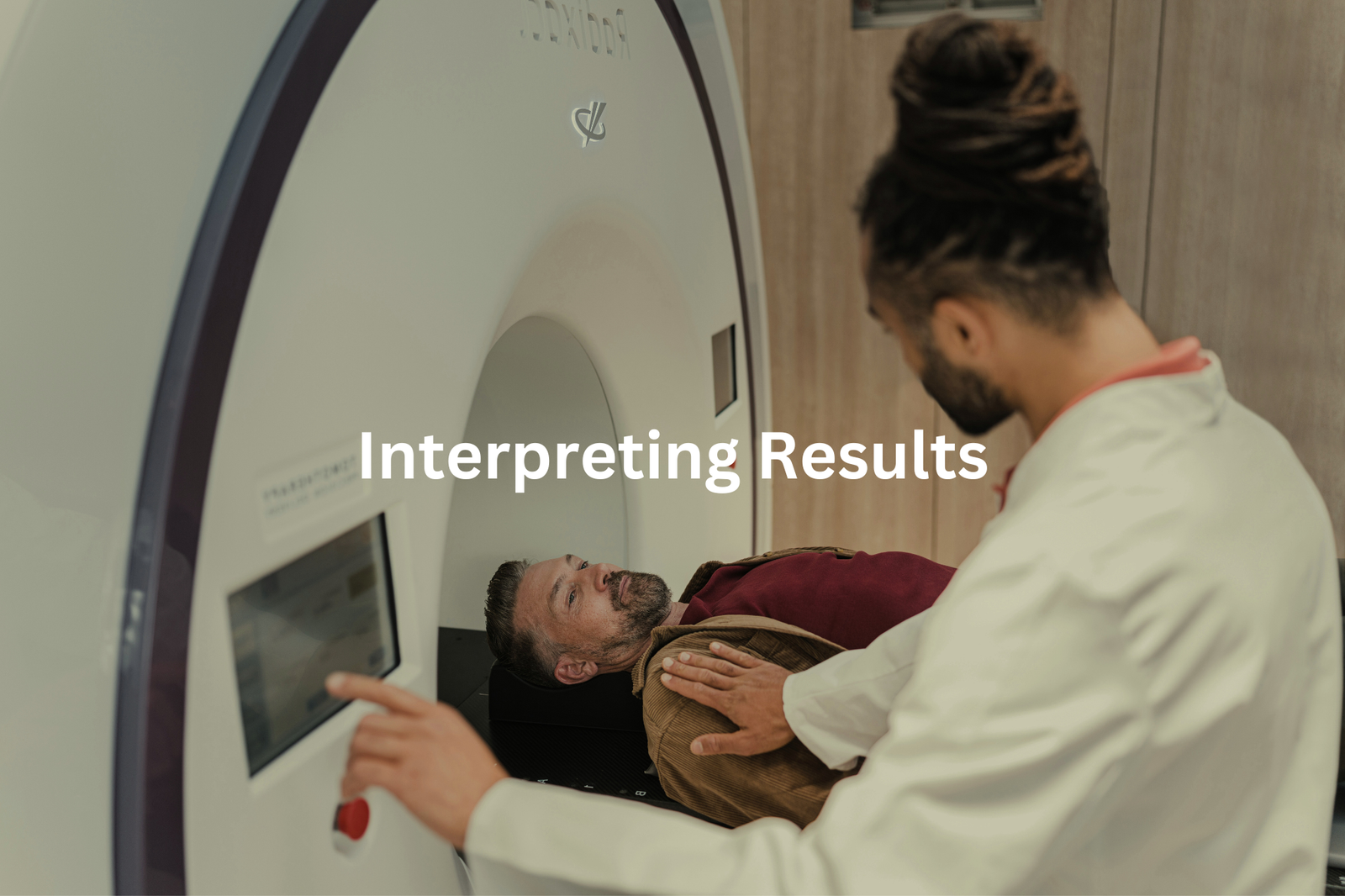
After you’ve had your full-body CT scan, a radiologist (a doctor who’s trained to read medical images) reviews the pictures. They examine each slice closely, looking for anything unusual. Once they’re done, they write a report for your GP or specialist.
What’s in the report? It explains what the radiologist found. If everything looks normal, that’s great news. But if they spot something unusual, like a shadow on your lung or a small lump, your doctor will go over it with you. They might suggest more tests, like another scan or a biopsy, to get a clearer picture.
What happens next? If the results are all clear, there’s nothing more to do. If something needs checking, your doctor will guide you through the next steps. It’s a bit like a safety check – most of the time, it’s fine. If there’s an issue, they’ll help you sort it out. Stay calm.
FAQ
What is a full-body CT scan?
A full-body CT (computed tomography) scan is an imaging test that uses a series of X-ray beams and a computer to create detailed pictures of the inside of your body. It can show a wide range of body parts, including your organs, blood vessels, and soft tissues.
How does a full-body CT scan work?
During a full-body CT scan, you lie on a table that slides into a large, circular machine. The machine uses X-ray beams and advanced computer software to take multiple images of your body from different angles. These images are then combined to create a detailed, 3D picture of your internal structures.
What can a full-body CT scan detect?
A full-body CT scan can help diagnose a variety of health issues, such as cancer, heart disease, blood clots, lung diseases, kidney stones, and bone fractures. It can also be used to guide medical procedures, like biopsies or surgery.
How should I prepare for a full-body CT scan?
Depending on the type of CT scan, you may need to avoid eating or drinking for several hours before the procedure. You may also need to take an oral contrast dye or receive an intravenous (IV) contrast dye to help improve the image quality. It’s important to let your healthcare provider know if you have any metal objects or implants in your body.
Are there any risks associated with a full-body CT scan?
While full-body CT scans are generally safe, they do involve exposure to a small amount of radiation. This radiation dose can vary depending on the specific scan and the body part being imaged. Your healthcare provider will take steps to minimise your radiation exposure and ensure the benefits of the scan outweigh the risks.
Conclusion
A full-body CT scan is a useful tool for doctors. It lets them look inside our bodies to find health problems. But, it also has risks because of radiation exposure. This means it’s not a test everyone really needs. If you think you might need one, it’s important to talk to your doctor first. They can help you decide if it’s the right choice for your health. Stay curious and keep learning about what’s good for you!
References
- https://www.mja.com.au/system/files/issues/181_06_200904/and10325_fm.pdf
- https://research.bond.edu.au/files/46973043/AM_THE_1.PDF
- https://www.epa.nsw.gov.au/your-environment/radiation/protection-information/ct-body-scans

